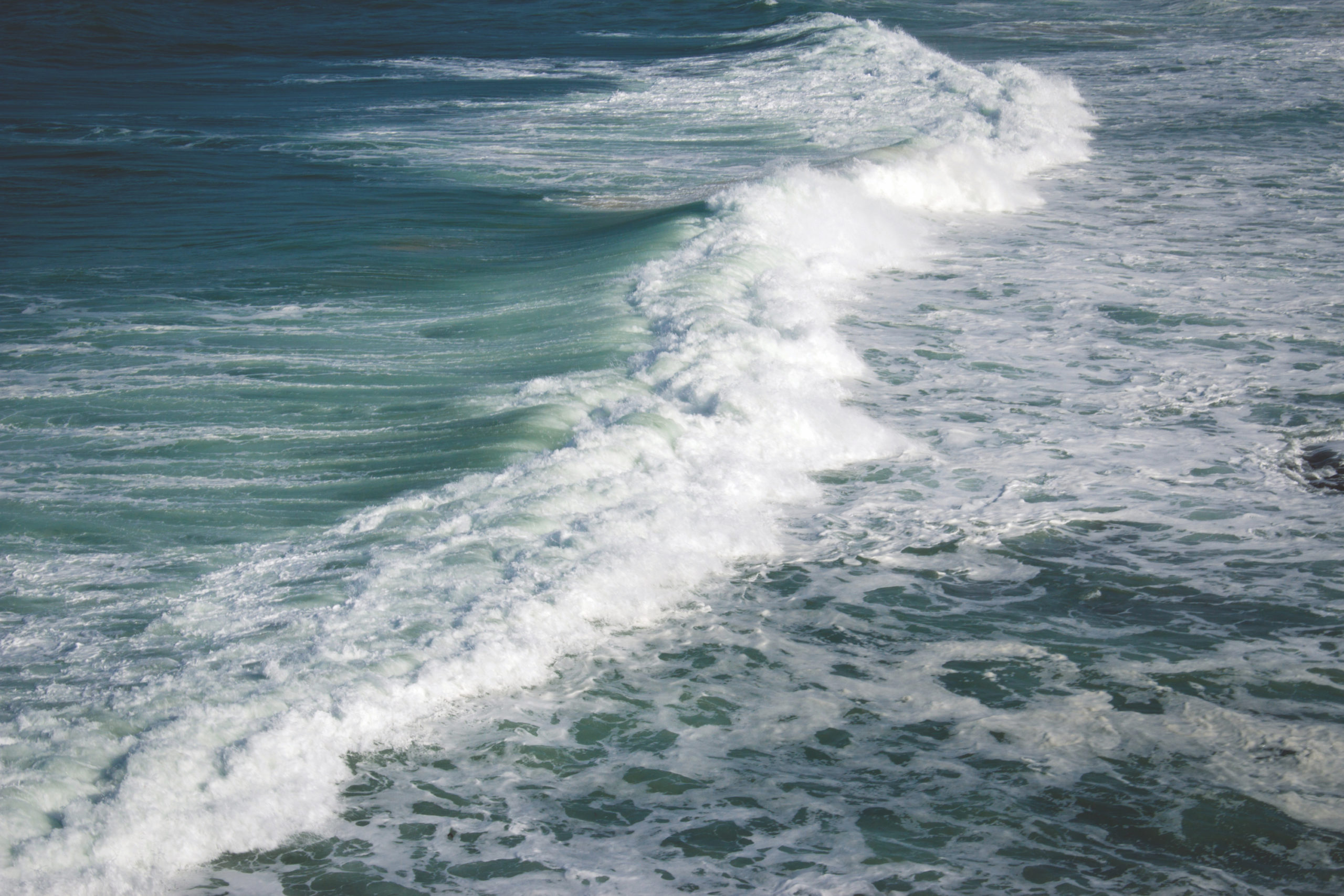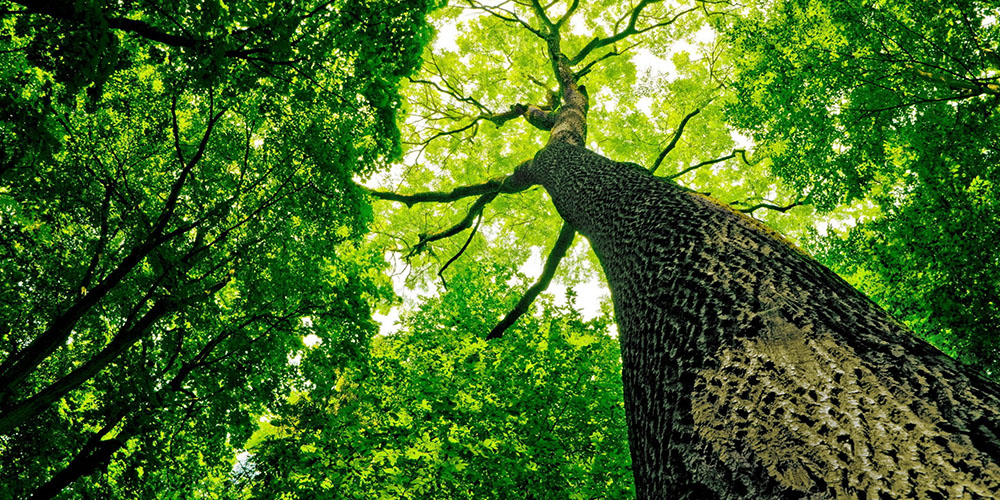Learn About Forests: Water Wonders
Or follow along below:
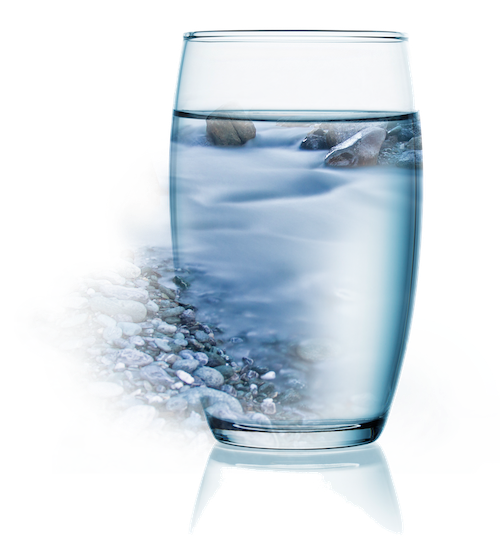 Plan
Plan
Key Concepts: Forest ecosystems include processes such as photosynthesis, energy flow and the cycling of nutrients, water, carbon, and other matter. [PLT Forest Literacy Framework, Concept 1.C.3]
Objectives: Provide opportunities and materials for learners to:
- Describe the various components of the water cycle and the path that a water molecule might take on its way through this cycle.
- Explain why the water cycle is important to living things.
Session Time: 50 minutes
Setting: Indoors or Outdoors
Background
Water is constantly moving in a journey called the water cycle, which is powered by energy from the sun and by gravity. In general, water evaporates from oceans and lakes into the atmosphere (as water vapor), condenses into clouds, falls as rain or snow, and eventually returns to oceans through a drainage system of streams and rivers.
In addition to clouds, oceans, rivers, and land, living organisms are part of the water cycle. All living things need water to live because it is essential to their bodily functions. Plants and animals take in water and return it to the atmosphere as vapor (by breathing or transpiring) or to the soil as liquid (by excreting). Forests help improve water quality by helping to regulate flow, and by filtering out impurities that could be potentially harmful in streams or groundwater.
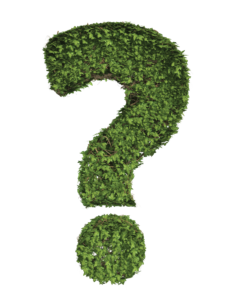 Benefits of Forests:
Benefits of Forests:
Urban forests and neighborhood trees help to prevent runoff and erosion, thus maintaining water quality. For example, 1 inch of rainfall on a 10,000-square-foot area with no trees will generate 639 cubic feet of runoff, but if 30% of the area is covered by tree canopy, it will generate just 3.9 cubic feet of runoff.
Prepare
Materials:
Seven dice, labels for seven stations, watch or stopwatch, chart paper and markers.
Get Ready:
Set up seven stations and label them: Cloud, Glacier, Stream, Groundwater, Ocean, Plant, and Animal. At each, place a die and the relevant directions from the Stations Worksheet. (If you have a large group, use two or more dice at each station.) Make one copy of the Water Cycle Data Worksheet for each learner.
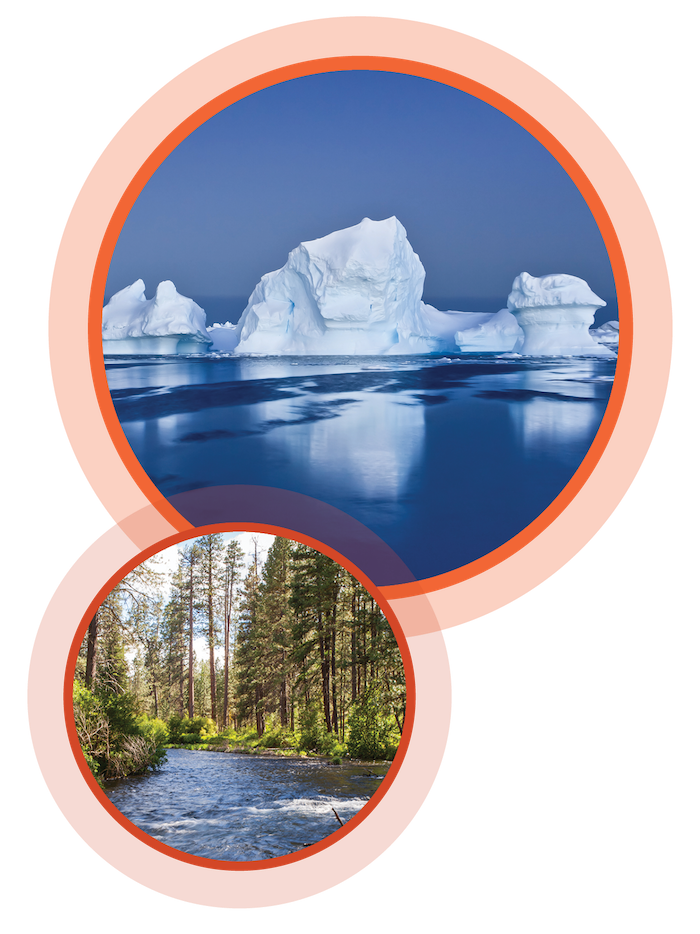 Lead
Lead
Introduce
Divide the group into pairs and ask them to write a description or create a drawing of the water cycle. Have volunteers to share their description or drawing with the whole group. Ask learners whether they think water always follows the same path in the water cycle. Challenge them to think of examples of how water may follow a different path.
Experience
- Explain that learners will model the water cycle to see the different paths a water molecule might take.
- Distribute the Water Cycle Data Worksheet to record the path they follow in the model. Later, they will compare data.
- Divide learners into seven groups and have each group begin at one of the stations. Explain that each learner will be a water molecule in the model.
- Have learners roll the die and read the statement for their station corresponding to the number on the die. On their Water Cycle Data Worksheet, they should write their current station, what happens to them according to the die roll, and their next destination. Call out “cycle,” to have learners go to the next station as directed by the station statements.
- Repeat Step 3 about 10 times or until most learners have cycled through the Cloud station a couple of times.
- Write the names of the 7 stations on the chart paper. Beginning with Cloud, ask learners to share all the different ways they got to Cloud. Show each response by drawing arrows to the word Cloud. Repeat with the other stations.
- Discuss: Even though individual molecules took different paths, what was similar about the journeys they took? Which stations were visited by the most water molecules, regardless of their journeys? What does this model tell you about the water cycle?
Connect
Challenge learners to find evidence of the water cycle onsite, such as:
- Evaporation (a dried-up mud puddle, low water levels in a pond, or a dried leaf)
- Condensation (clouds, dew on grass, or fog)
- Precipitation (rain, hail, or snow)
Close
How is the water cycle important to plants and animals? How is it important to people?
Take Action!
Explain that a hydrologist investigates water in forests by studying how it travels through the forest, into the soil, and eventually to a stream. Challenge learners to explore this and other careers related to forests and the water cycle.
Tips for Collaborating with Schools & Youth Group Leaders

Bring a copy of the For Educators: Using Trees to Teach handout to leave with educators. The resource includes a list of suggested follow-up actions for learners, lists connections to academic standards, and refers educators to more PLT environmental education resources.
When working with a school group or youth group, consult with the teacher or leader to:
- Share objectives and coordinate instruction.
- Select activities to complement topics or concepts taught in the classroom.
- Ask about any:
- Behavior concerns
- Language considerations
- Physical or learning disabilities
- Prior knowledge and exposure to related topics
- Make suggestions for attire that is appropriate for both the weather and the activity.
- Request that discipline be the responsibility of the teacher or youth group leader.
Not sure how to establish a connection with schools or youth group programs? You might try introducing yourself and describing what you could offer. See Local Support to find your local PLT contact who can offer support when reaching out to schools.
Login to download supporting materials such as appendices and teaching tips.
Login
